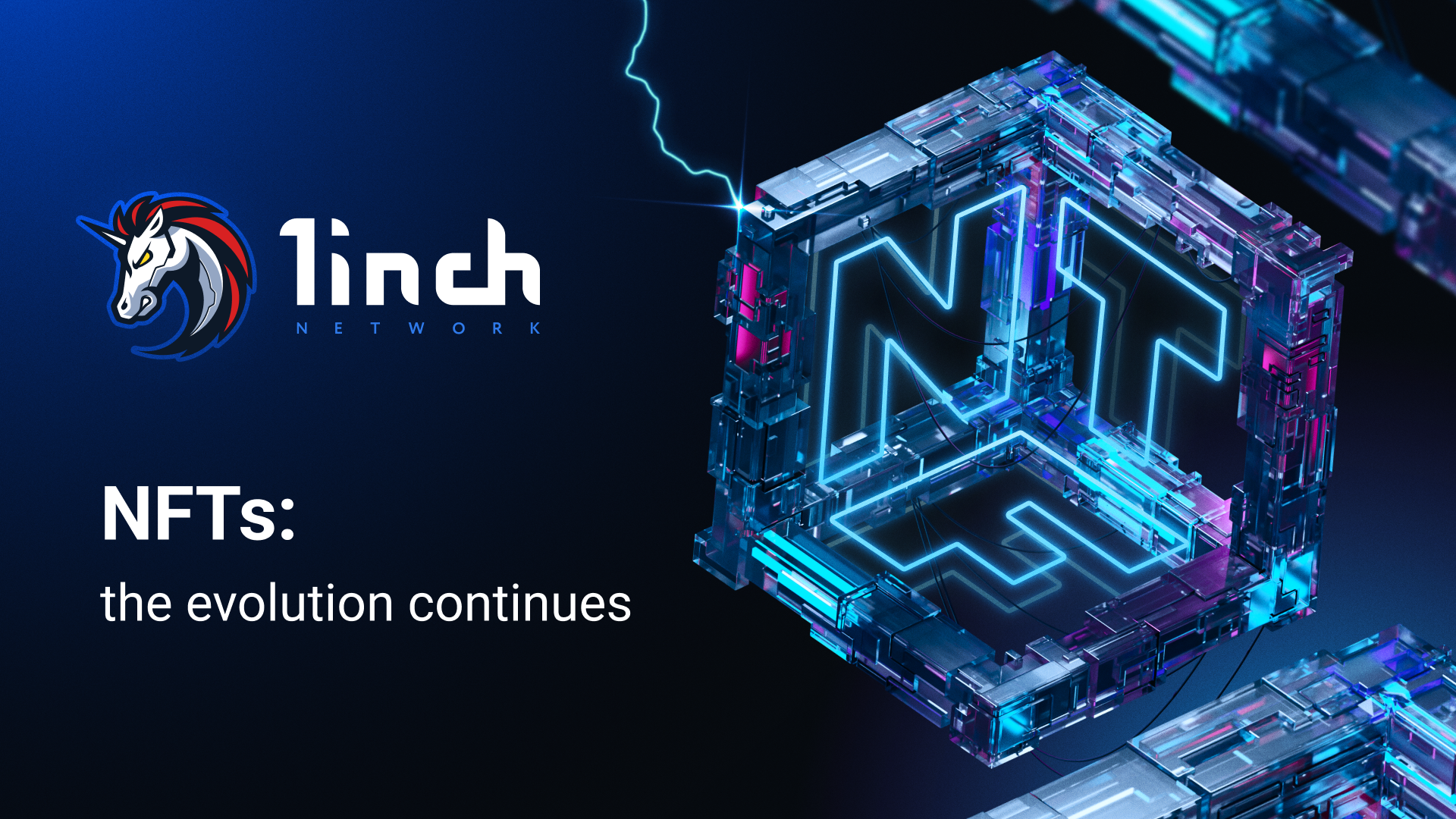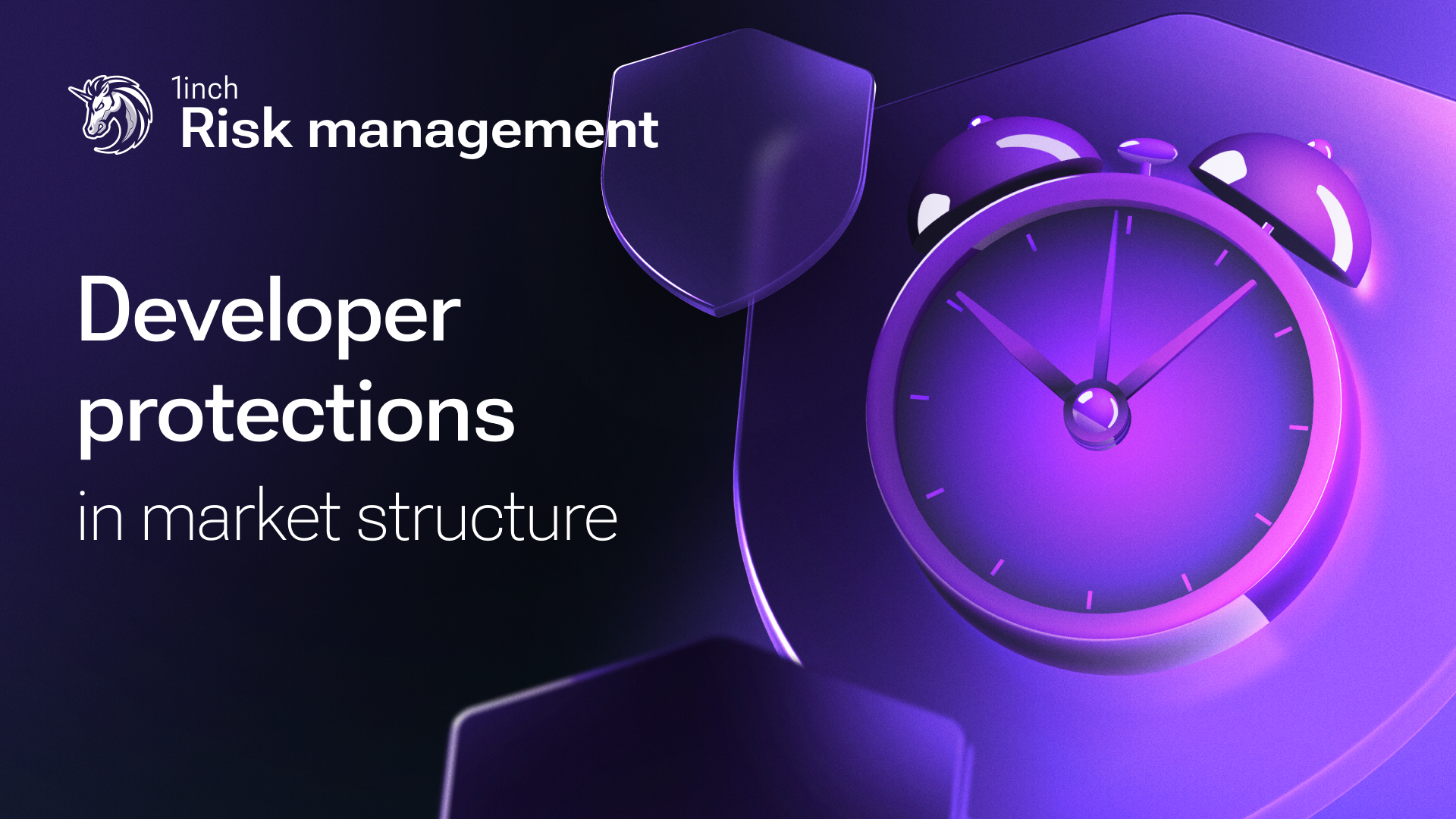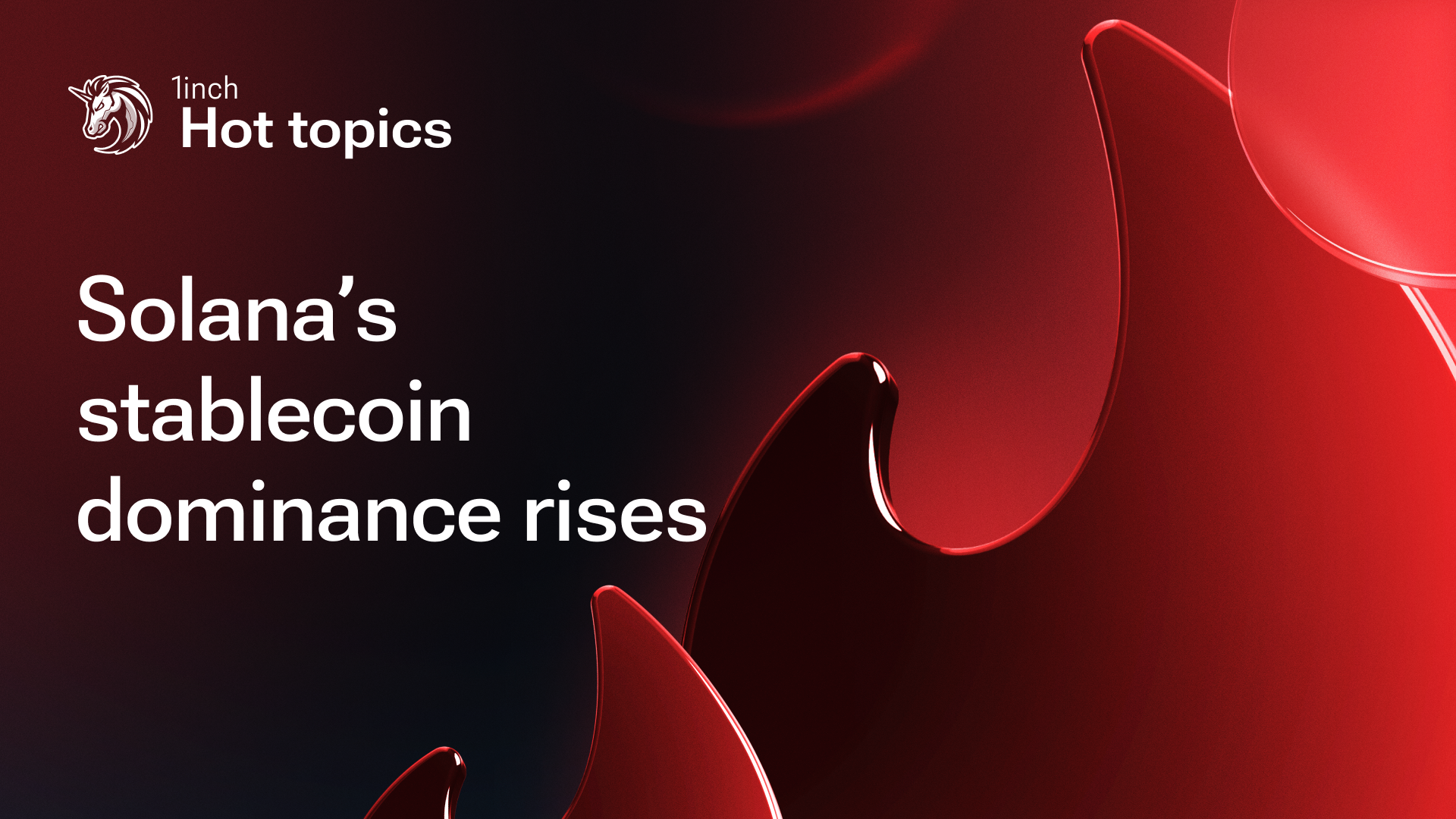NFTs: latest developments and DeFi integration

NFTs are continuously evolving. With ongoing improvements to the underlying technology and expanded utility, they are paving the way for innovative integrations and cutting-edge financial tools.
NFTs have come a long way since their earliest iterations. Initially, they faced challenges with accessibility and legitimacy, followed by speculative hype. However, NFTs’ value as a means of tokenization found applications in diverse areas, such as tokenizing investment portfolios or selling real estate as NFTs. Even banks are offering gold NFTs backed by precious metals, like, for instance, Volksbank. The more mature market has witnessed the emergence of NFTs, characterized by improved functionality and accessibility. Also, diverse NFT usage scenarios have led to the development of NFT-fi.
NFTs’ extended features
Diverse ownership and interсonnection. Nested NFTs allow for an infinite chain of ownership, where NFTs can own and be owned by other NFTs. One NFT serves as a container for other individual NFTs. They are designed hierarchically, with nested elements forming a tree-like structure allowing for interconnection of multiple NFTs. Users can create bundles by nesting their NFTs, providing increased customization opportunities for developers and unique ownership experiences, like receiving royalties, for instance.
Breeding
This practice involves combining or breeding two or more NFTs to create new, unique and potentially more valuable NFTs. While both breeding and nesting involve combining or organizing NFTs, they serve different purposes. Breedable NFTs focus on creating new NFT offspring with inherited traits, valuable for collectors, while nested NFTs deal with interconnection of NFTs within a hierarchical structure.
Fractional ownership
Fractional NFTs allow users to own a fraction of a valuable asset, which is crucial for expanding and diversifying the NFT audience. Fractional ownership can also be implemented within nested NFTs by dividing ownership of the nested structure itself, but it primarily focuses on dividing ownership of a single NFT. The concept behind fractional NFTs is to enhance liquidity for valuable assets that would otherwise be out of reach for individual buyers. Through the use of smart contracts, the NFT is divided into multiple ERC20 tokens, each representing a portion of the NFT’s overall value. This division enables the fractionalized NFT to be easily traded and accessed by a wider market.
Multi-asset functionality
This capability enables users to modify their tokenized assets to suit changing needs and facilitates seamless asset transfer across different dApps.
NFTs can include multiple outputs known as assets, typically consisting of various media files, such as images, movies or PDF files. Depending on the conditions under which they are viewed or loaded, NFTs can display the related content. Adding new assets to an NFT supersedes the root metadata, making the NFT revealable. This enables the minting of identical NFTs that can later be revealed as unique entities, all while maintaining on-chain processes without relying on centralized metadata management. Corresponding use case scenarios can include backing up NFT metadata, ticketing systems or mixed media NFTs that combine various forms of media.
Upgradability
Dynamic NFTs introduce the concept of changeable metadata based on external conditions. Upgradability empowers NFTs with such abilities as issuing commands, equipping other NFTs and changing their appearance, all determined by the builder or owner. For example, dynamic NFTs can reflect users’ on-chain activities, change appearance and serve as customizable Web3 passes or business cards. An example of a use case scenario is Soulbonds dynamic NFTs – a collection of tokens changing along with a user’s behavior and achievements and showing progression traits for on-chain traders and more.
NFTs’ financial integration into DeFi markets
In addition to use cases in Web3 and beyond, NFTs are also rolled into DeFi, including collateral and leveraging for exchange tokens.
NFT lending and borrowing
NFT owners can access liquidity by utilizing their NFTs as collateral on decentralized lending platforms. Peer-to-peer (P2P) and peer-to-pool (P2Pool) lending approaches provide borrowers with options to interact directly or participate in a pool of funds managed by a decentralized lending platform.
NFT pools
Users can deposit NFTs into pools and receive ERC-20 tokens in return, allowing for instant liquidity and exchange of NFTs within the pool.
NFT staking
By locking NFTs within a smart contraсt on staking platforms, users can earn rewards or benefits in the form of additional tokens, governance rights or other incentives. NFT staking is often supposed to contribute to a particular protocol’s governance and operation. Not all NFTs can be staked, but those that can provide potential benefits for their owners. For example, users who have acquired NFTs through gaming platforms may have the opportunity to stake these tokens and generate profits from them. Staking NFTs in such cases allows owners to leverage their in-game assets and potentially earn additional income, with rarity playing a significant role in determining the rewards.
NFT derivatives
They track the value of an NFT without requiring direct ownership. Just like other DeFi derivatives, they allow investors to trade on the value of an NFT, providing exposure to the NFT market without the need for substantial capital investment. Benefits of NFT derivatives include the ability to speculate on the value of NFTs, hedge positions and diversify investment portfolios. However, they can be subject to high volatility and may require careful assessment of their underlying value.




























